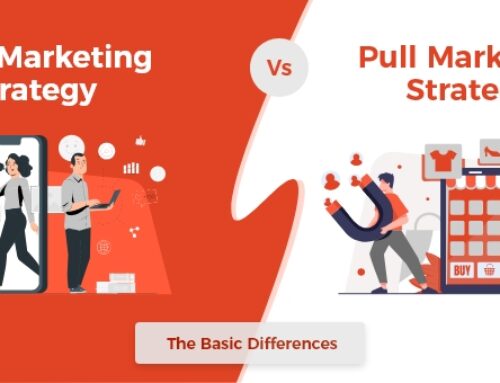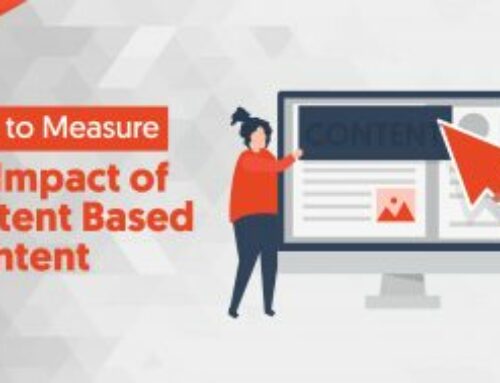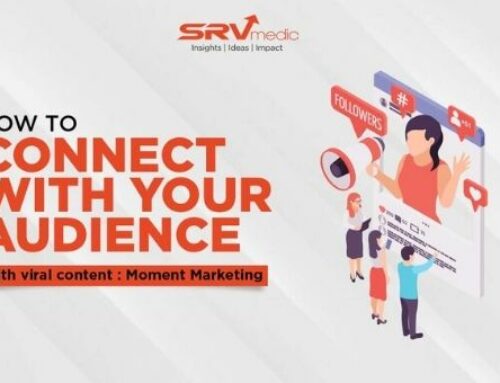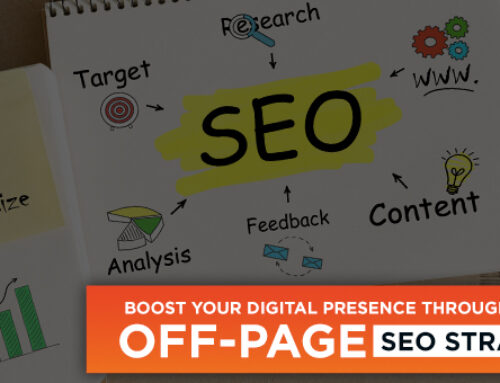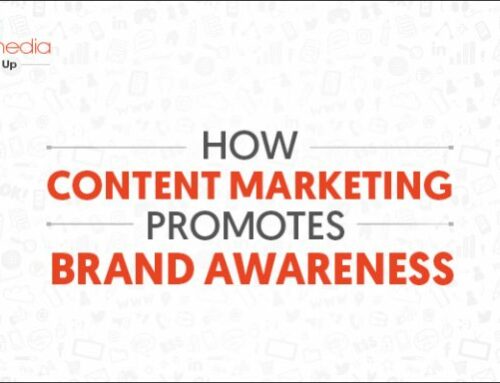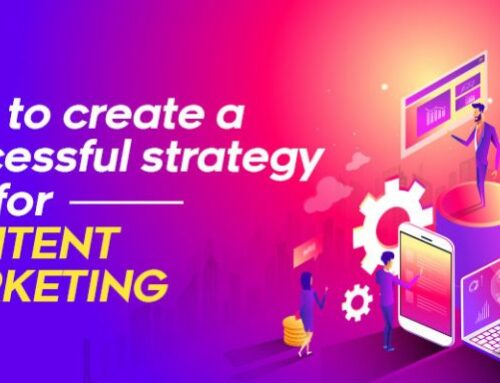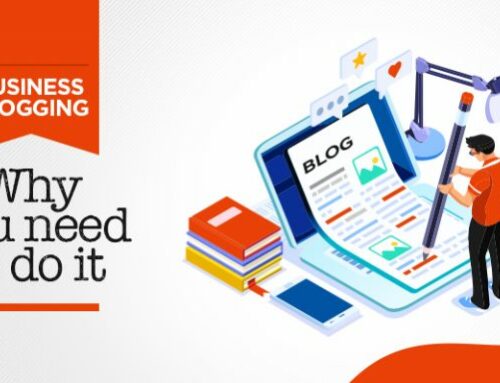How content marketing influences a buyer’s journey
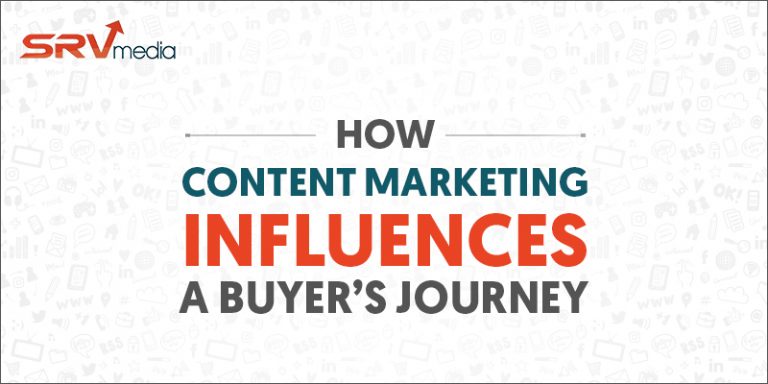
The decision-making process to make a purchase has drastically changed since the start of the new decade. Customers, who relied on advertisements and word-of-mouth reviews to make a purchase-based decision, now search and read online reviews. It stems from the fact that getting information from the internet is not only easy but authentic too. The internet community believes in sharing their experience with a product, good or bad, which can benefit everyone. Since these experiences are in the form of reviews, it is safe to conclude that even the smallest form of content has the power to influence. Therefore, it is essential for brands to invest in content marketing.
Content marketing is a form of marketing that focuses on distributing valuable and relevant content for a niche audience and driving a profitable customer action from it. Rather than directly pitching the product, the content should be educational and should help the consumer in the long run. The information perceived by the consumers influences their buyer’s journey, which consists of three stages of purchase-making. To know how content marketing affects a buyer’s journey, let’s first understand what a buyer’s journey is about, and its three stages.
What is the buyer’s journey?
A buyer’s journey is defined as a process a buyer goes through to be aware of a product, evaluate its usability and decide whether to purchase it or not.
A buyer’s journey consists of three stages –
- Awareness
- Consideration
- Decision
Let’s understand each step in detail –
- Awareness stage
In this stage, the buyers are aware they have a problem.
To find a solution for it, they turn to the internet to seek answers for their questions. While doing this, they prefer content that is neutral, helpful and not just any other promotional offer. To cater to this type of audience, brands should make sure their content addresses the pain-points buyers want to resolve. They should also ensure it ranks well on the search page. It is possible by putting an effective SEO strategy in place.
Apart from educational blog content, other forms of marketing communication such as downloadable e-guides, white papers, and infographics can help brands reach out to relevant consumers and provide them with helpful content. This will not only help in lead generation for the brand through email signups but also give consumers a complete guide about the subject, which they can refer to anytime.
The brand’s content makes the buyer aware of them and their products and services. It brings us to the next stage.
- Consideration stage
In this stage, buyers explore all the available solutions to their problem.
On researching their problem, buyers stumble upon many solutions. It allows them to evaluate the different options available. Now, the buyers are at a stage where they are leads for various brands but not a full-fledged client. To change that into a decision, brands have to be smart with the kind of content they provide. It could be expert guides that provide all the relevant information on the subject under one umbrella or interactive content like videos and podcasts. The helpfulness of these content will help the buyers arrive in the last stage.
- Decision stage
In this stage, the buyer chooses a solution.
After researching evaluating all the possible choices, it is time to make a decision. The decision is made based on the following factors –
- Number of pain points addressed
- Pros and cons list of specific offerings
- Expectations matched
Based on the helpfulness of the brand’s content, the buyer proceeds to purchase their products or avail particular services. Moreover, once the lead is converted into a customer, brands continue creating content that still maintains the interest of the customer.
Why buyer’s journey matters?
As seen in the three stages, buyers make their decision based on the information provided online. Therefore, it allows brands to leverage the buyer’s journey by delivering educational content in every stage. By providing valuable answers, brands can nurture customers towards making a decision. If brands do it correctly, it is plausible that buyer purchases from them. This way, brands won’t have to make a hard sales pitch to convert a lead into a client; the power of content does it for them.
Let’s take the example of buying shoes to understand the importance of the buyer’s journey. Suppose John wants to buy camouflage sneakers. He searches for factors to consider before buying one. He comes across the blog of a shoe company, which adequately answers his queries. Through that blog post, he becomes aware of that particular shoe company. Once he finishes reading the blog post, he browses through the company’s products and comes across the camouflage sneakers. Then, he checks the product’s design, size and price. It is the consideration stage, where John is evaluating his options. Once he has enough information about the product, he arrives at the decision stage. Here, John can either buy the product or explore other shoe companies. If the company’s content is compelling and helpful for John, he is most likely to choose the former.
Through this example, brands can learn the importance of building trust with buyers, rather than forcing their hand to make a quick sale. Trust helps in nurturing a lead during a buyer’s journey and held the advantage of most likely converting the lead into a customer.
Now, let’s look at how content marketing influences a buyer’s journey.
How content marketing influences a buyer’s journey?
The marketing funnel of a buyer’s journey looks like this –
| Stage | Goal | Interaction form |
| Awareness | Content to attract potential customers | Assist |
| Consideration | Content to engage and inform | Assist |
| Decision | Content to encourage conversion | Last |
Google says that a brand’s content should play two roles in a buyer’s journey – assist interaction and last interaction.
Assist interaction gets the attention of the customers, while the last interaction converts them into the brand’s client. Let’s understand them in detail
- Content to attract potential customers
In the awareness stage, customers usually research solutions to their problems or pain points. However, the case can be different at times. Consider a scenario where customers search randomly online and suddenly discover a product; except the discovery isn’t sudden, but clever use of advertisements and well-placed PPC ads.
After discovering the product, the consumer will search for more information like its usability, the brand behind it and its reviews. This way, the seed of a spontaneous buy has been placed in the mind of the consumer. Content marketing nurtures the seed through communication forms such as blog posts and social media posts, which talks about the benefits of the product, which do not seem pushy.
Thus in the awareness stage, content marketing is not only used to address the problems of the consumer but also offer something which they didn’t know they wanted.
- Content to engage and inform
Now that customers are aware of the product, they will undertake their research to gather relevant information. They will also be comparing it to similar products from other brands. Therefore, brands have to make sure they create informative content about their product. This will help assure that customers don’t bounce to other websites. The content could be in the form of a product guide, product testimonials, infographic highlighting the benefits of that product, and more.
With so much informative content to choose from, customers will be likely to go with that particular brand’s product. It also gives the impression that the company cared enough to put out information to help their customers out. It helps humanize the brand and shows a considerable amount of empathy from the company.
- Content to encourage conversion
Since this is the conversion stage, customers are more or less on the verge of making a decision. Therefore, to further stake their product’s claim, brands can come up with content that shows the benefit of their product over others. It could be demonstrated through an informative video. It will create a final impression on the consumer’s mind and convert their hesitation into a decision.
- Encourage to share the content
The buyer’s journey for a consumer might end at product purchase, but not for the brand. They must encourage their new customers to share the product purchased on social media and review it. Sharing their experiences will help customers who are in the awareness stage. Thus the buyer’s journey cycle keeps on repeating!
That’s it, the buyer’s journey from start to finish. By understanding the useful elements of the buyer’s journey and how content marketing can influence it, brands can come closer to gaining new and loyal customers.



